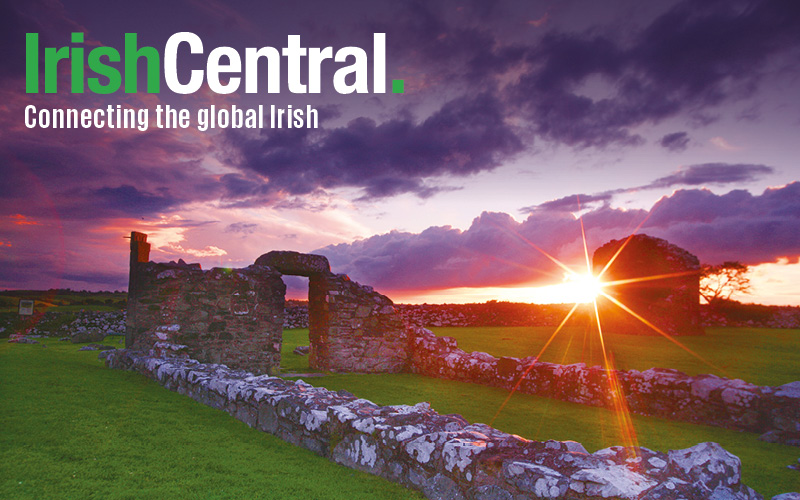The Register of Deaths from Bessborough Mother and Baby home reveals that during certain months in the 1940s the death rate among children living in the home amounted to a child dying roughly every second day.
For many years, Bessborough Mother and Baby Home, in Co. Cork, run by the Sisters of the Sacred Hearts of Jesus and Mary, was an institution where pregnant and unmarried women were referred to before they gave birth as, at the time, having a child outside of marriage was considered a serious sin in Ireland.
Several such homes were established throughout Ireland to look after these children and their mothers, but many have since been the subject of controversy regarding the treatment of women and children within their walls and the accusations of illegal adoptions to couples overseas.
In 2012, a damning report by the Irish government’s Health Service Executive (HSE) found that the Irish Catholic mother and child home had an infant mortality rate of 68% in 1943. This report was not released to the public at the time, although it did cause the government to temporarily stop sending women to Bessborough.
The report showed that in the 19 years between 1934 and 1953, Bessborough recorded 472 infant deaths, a figure taken from the Home’s own death register.
The register has now been released under Freedom of Information, although the names of the children have been redacted.
READ MORE: Baby mortality rate at Catholic mother and child home at 68% in 1943.
The 52-page register reveals each child’s date of death, former residence of the deceased, the child’s name, gender, age at last birthday, profession (normally cited as “son” or “daughter”), cause of death, duration of illness, initials of the officer recording the death and the date when the death was registered.
Among the causes of death recorded were marasmus (severe malnutrition), pneumonia, bronchitis, congenital heart, congenital deformity, tubercular peritonitis, cardiac shock, heat stroke, tonsillitis, prematurity, meningitis, congestion of the lungs, abscess of the bowel and convulsions.
More than 80 of the 472 infant deaths have malnutrition listed as the cause of death with some of the children living just a few minutes after birth.
The year 1943 was the worst recorded during this 19 year period with the death register showing 75 deaths throughout the year followed by the years 1942 (57 deaths), 1944 (50 deaths), 1934 (41 deaths), and 1938 (38 deaths).
During 1943 the register shows that 16 children died in April alone and another 14 in August meaning that during these months a child died roughly every two days in Bessborough.
As time went on, the standard of the death records kept decreased dramatically. For only the first six deaths the day, month and year the death was registered but for the hundreds that followed it was unclear when exactly the death took place and it appeared that many were recorded at the same time.
By 1951, just two deaths are recorded, a 21-month-old boy and a two- year-old boy, both said to have died from toxemia.
The register also records the death of eight women, the last of whom died in January 1953. The 82-year old woman is listed as a spinster and is said to have died from old age and chronic bronchitis.
The majority of the women who died in Bessborough are listed as a “spinster” including a 21-year-old who died of acute leukemia in December 1936 and a 22-year-old who died of pneumonia the following year.
Many of the women who resided in Bessborough Mother and Child home have since spoken out about their treatment whilst staying there, revealing the inhumane manner in which women were denied pain relief during labor, basic medical care following childbirth and were forced to complete humiliating tasks such as cut lawns with scissors while spending years within the institution.
It has also been suggested that the high rate of infant mortality was caused by the falsification of death records to allow for children to be adopted domestically, and to couples abroad, without the knowledge of the Irish public.
With the moves towards legal adoption in 1952, the death rate drastically dropped. In comparison, between 1948 and 1952, just 13 died while 1953 saw no recorded death for the first time.




Comments